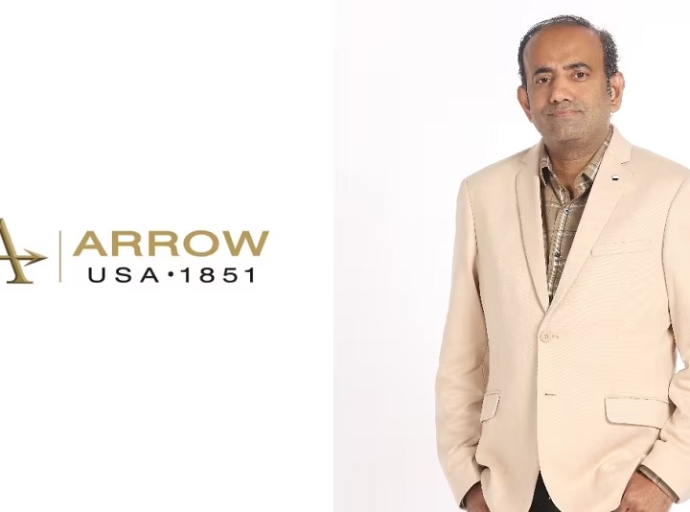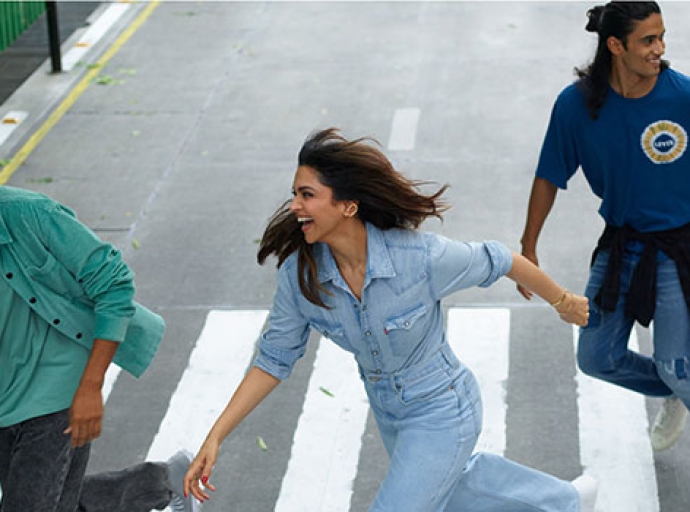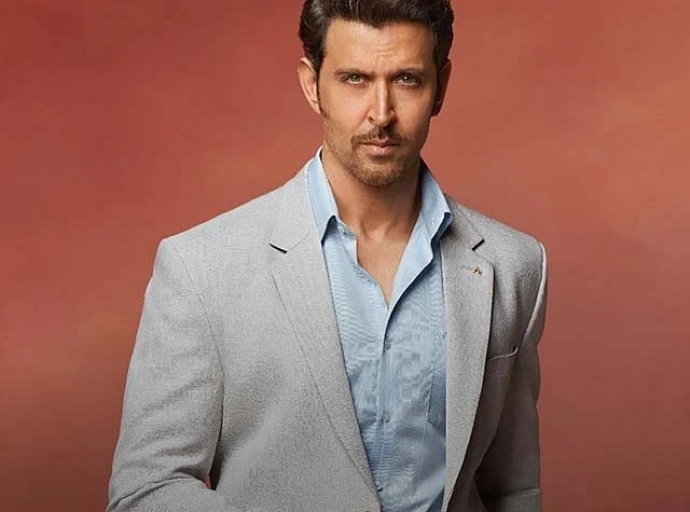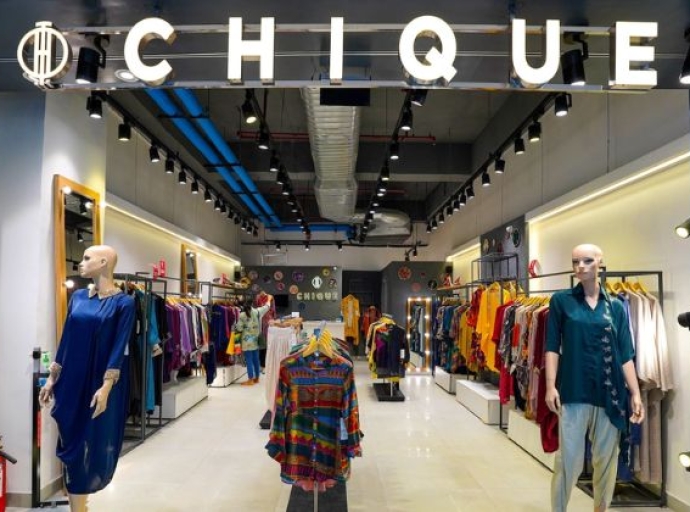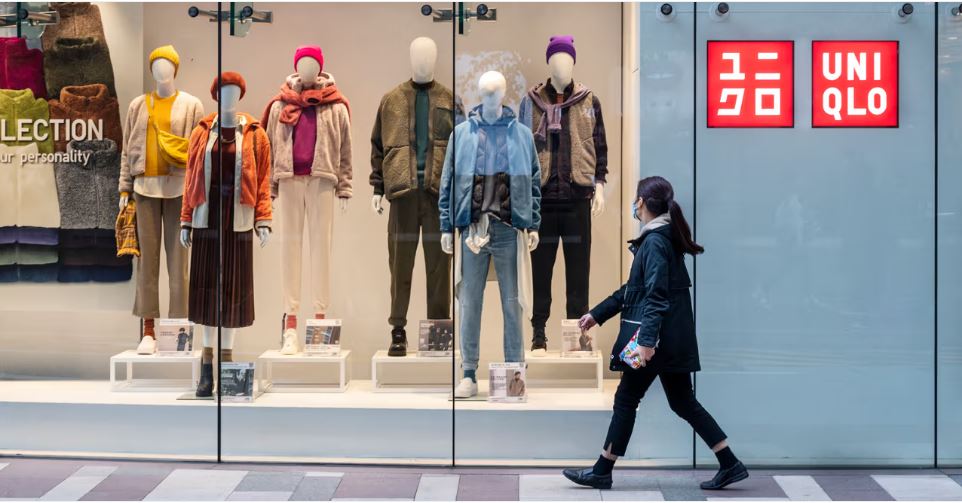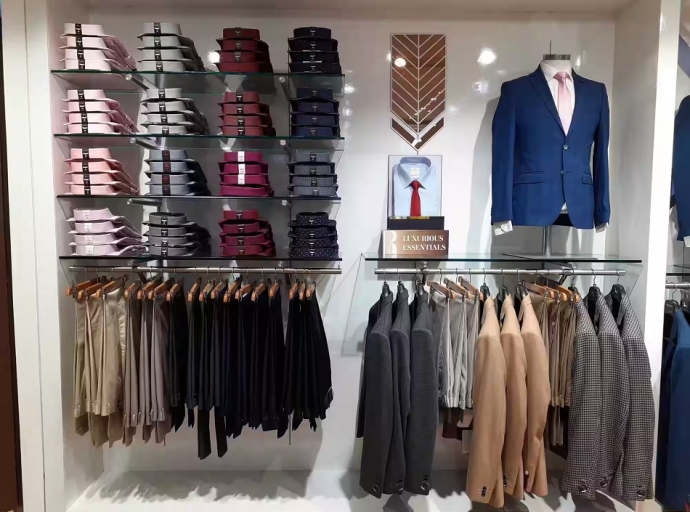21 September 2023, Mumbai
Context setting; Fast and affordable fashion has ignited a buying spree amongst Indian consumers and international fast fashion brands such as H&M, Zara and Uniqlo are delighted at the ever growing revenues, although Uniqlo is more into basics like T-shirts, jeans and bomber jackets.
As Asia’s number one clothing brand, Uniqlo posted a magnificent 69 per cent increase in sales with net revenue of Rs 624.6 crore and net profit of Rs 68.3 crore in India, triple that of last year.
CEO of Uniqlo India, Tomohiko Sei says, Uniqlo is committed to not only its presence but also expansion across India. He acknowledged Indian consumers look for both affordability and quality which Uniqlo provides and is the reason for its early success.
'Make in India' commitment
Entering the Indian market in October 2019 with its first store in Delhi, the Japanese brand faced a strict lockdown which put a spanner in its expansion plans. It started by opening outlets across the Delhi-NCR and urban spots close to Delhi.
Still counting; Today, Uniqlo has 10 stores across India with its 11th and 12th store opening in Mumbai this October. The company chose Kurla area in Mumbai because of the suburb’s mix of youth culture, entertainment and businesses.
It also has the distinction of opening a highway outlet between Delhi and Chandigarh.
On the roll
The brand is already eyeing the Southern market but will prefer to launch in Pune before heading to Hyderabad and Bengaluru.
Sei points out, Uniqlo India is on track to make over 30 per cent of the products it sells in India within the country as it expands beyond northern markets. Made in India products already account for 30 per cent, taking into account exports for global supplies.
The idea is to be able to manufacture 100 per cent in India, Sei says. Uniqlo India is also scaling its online presence, which currently contributes around 15 per cent to total sales.
Sustainability and people are social priorities
The company states, they recycle used garments through circular sustainability programs.
The Uniqlpo Recycled Initiative is one such example. They collect Uniqlo down garments from across the world and transform them into new products.
The company also works with NGOs and partners to distribute wearable used clothing to refugees, disaster victims and others in need worldwide. Uniqlo believes in the power of clothing to create a better tomorrow.
Eco-friendly - Ethos
Recycling is just one part of Uniqlo’s sustainability efforts to Recycle, Reuse and Reduce. Clothing that cannot be reused is recycled as fuel or soundproofing material.
Recently, Uniqlo has been actively recycling clothes into clothes, starting with their environmental initiatives that can be divided into five areas: responding to climate change, improving energy efficiency, managing water resources, improving waste management and resource efficiency, and managing chemical substances.
Alongside taking action within the company, Uniqlo is also working with partners on various initiatives to change ways of thinking across its supply chain.
These efforts have been recognized by broader society, with Fast Retailing (operator of international brands Uniqlo, GU and Theory, among others) selected for the CDP A List.
India is a well-performing playground for international brands
Here it goes; India has been a profitable ground for most global fashion brands. For example, world's biggest fast fashion brand, Zara posted 40 per cent rise in sales during FY23.
Inditex Trent, its joint venture with Tata that runs 20 Zara stores in India, saw revenue expand to Rs 2,562.5 crore in the last fiscal year, according to Trent's annual report.
Net profit rose by 77 per cent to Rs 264 crore in FY23. H&M the other fast fashion brand together with Zara can claim market leadership in India.
Latest Textile Events



